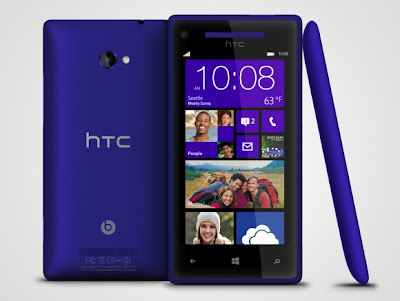The Alpha 24 Super Stock all-in-one personal computer is described by Maingear's CEO Wallace Santos as the proof that people don't need to sacrifice anything when choosing an all-in-one over a standard desktop PC.
The so-called disadvantages that all-in-one systems have compared to desktops are multiple: lack of upgradeability, lower top performance potential, little overclocking support (if any) and, of course, a higher price. Maingear decided to eliminate these drawbacks, or at least offer enough to completely counterbalance them. The overclocking issue is easy: people who consider buying an AiO aren't thinking of tweaking the clock by default. The lack of upgradeability and performance issues were solved in a single move: Maingear equipped the Alpha 24 Super Stock with high-end components that won't actually need changing for months, years even. That leaves the price, and we dare say that the number achieved by the custom system maker, $1,349 / 1049 – 1,349 Euro, is more than decent when taking into account just what Alpha 24 Super Stock can do.
The Core i3-3240 Ivy Bridge CPU (3.4 GHz) is the base processor option, but a Core i7 can be chosen instead. Up to 16GB of RAM back up the unit. For graphics, Maingear selected an NVIDIA GeForce GTX 650 GPU, but has the GeForce GTX 680 in reserve, just in case. Moving on, a hard drive supplies the configuration with as much as 3TB of storage space, though an SSD can be employed instead, with a top capacity of 256 GB but faster data rates. Everything else follows the standard blueprint: HDMI, USB ports (2.0 only for some reason), mic/headphone jacks, ODD, Wi-Fi, Bluetooth and an ODD (DVD or Blu-ray).
"In this day and age, there shouldn't be a reason anyone would need to compromise for an all-in-one performance PC," says Wallace Santos, CEO and founder of MAINGEAR. "Other all-in-one PC solutions pale in comparison to the ALPHA 24 and can be summed up with just a few words: 1080p gaming set to Ultra, maxed anti-aliasing and tessellation."
 |
Maingear Alpha 24 Super Stock
Image credits to Maingear |



 9/30/2012 06:45:00 PM
9/30/2012 06:45:00 PM
 dannzfay
dannzfay
































































